1 channel 12V Relay Module with Optocoupler
The Songle Single-channel 5V 30A Relay Module is a board designed for power failure relay. With LED indicators, it can easily be controlled by microcontrollers like Arduino, AVR, PIC, ARM or any other 5V-operating microcontroller.
1 channel 12V Relay Module with Optocoupler features an authentic quality mechanical relay and top-of-the-line subminiature two-way isolation optical coupling. This provides strong anti-interference capabilities and ensures stable performance.
The level of relay control can be selected by the user, either as a high level off or a low level off. The Songle Single-channel 5V 30A Relay Module Power Failure Relay has minimal flow resistance and can be controlled directly with the power supply’s negative pole. Alternatively, it can also be controlled through the MCU I/O.
The relay module features a red power indicator light and a blue status indicator light for one relay. This handy tool allows for the convenient control of electrical appliances, lights, and more.
Despite a broken control line, a fault-tolerant design ensures that the relay will not move.
The interface of the 1 channel 12V Relay Module with Optocoupler includes a variety of features that allow for efficient navigation and customization.
- Positive pole of the DC power supply
- The negative terminal of the DC power supply.
- The pin responsible for triggering the signal.
- The voltage for controlling the relay is positive, as indicated by JD.
- The negative control voltage for the relay is JD.
Various Characteristics of 1 channel 12V Relay Module with Optocoupler:
- Components
- Aspects
- Attributes
- With strong driving ability and stable performance, the optical coupling isolation boasts a trigger current of 5mA.
- The jumper allows you to adjust the module’s trigger level, whether it be high or low.
- The interface has a rated current of 16A.
- The jumper cap was used to short DC and JD, resulting in an identical voltage between the trigger terminal and relay control terminal for both DC and JD.
- The trigger mode selection can be set for both high and low levels. This can be done through a connection with either a jumper and L pin or a jumper and H pin on the IN pin, with the former triggering at a low level and the latter at a high level.


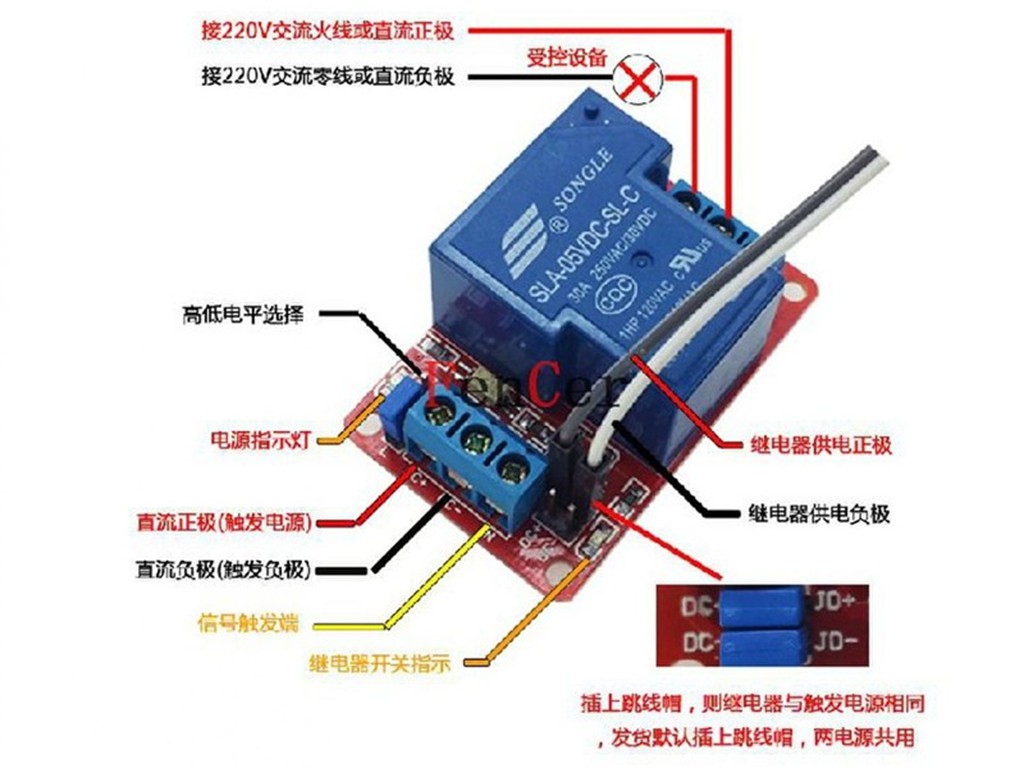
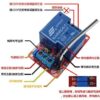
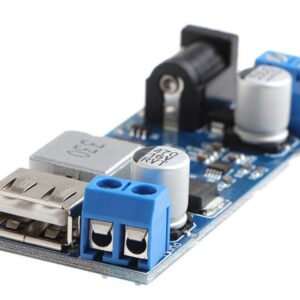
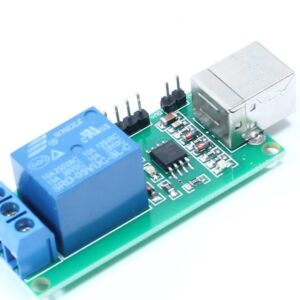
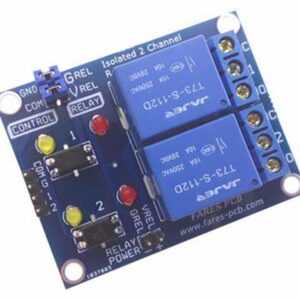
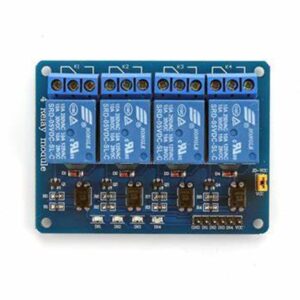
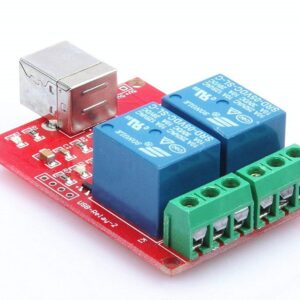
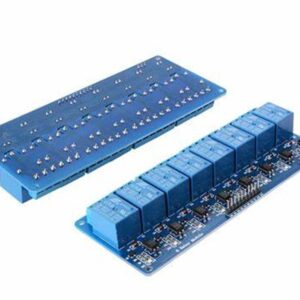
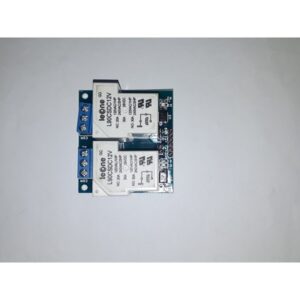

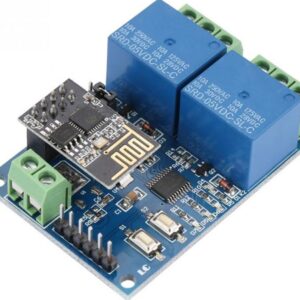
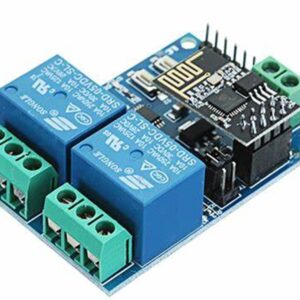
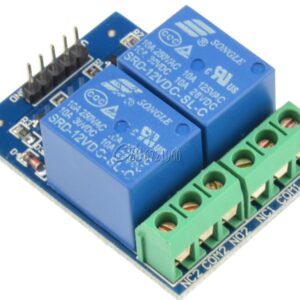
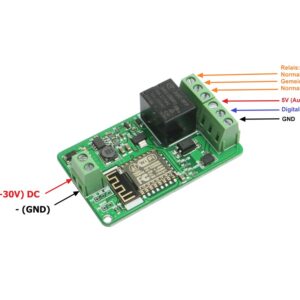
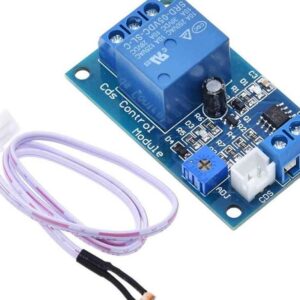
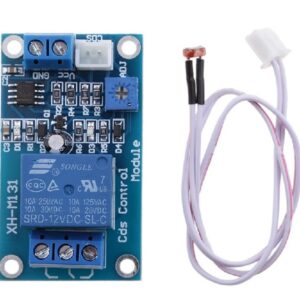
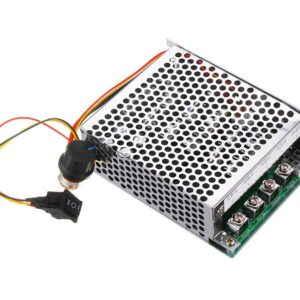





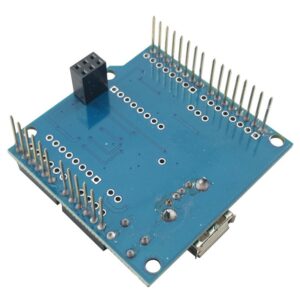

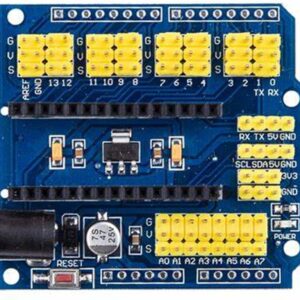
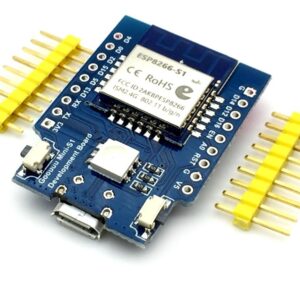
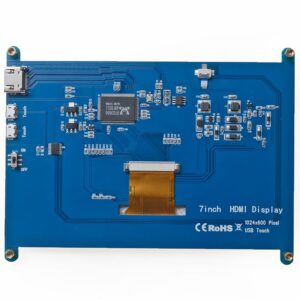
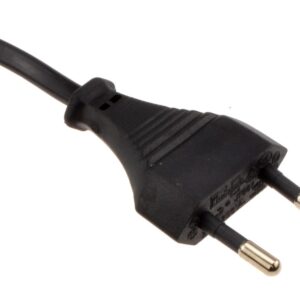

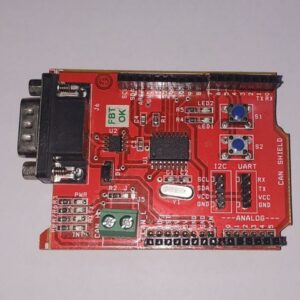

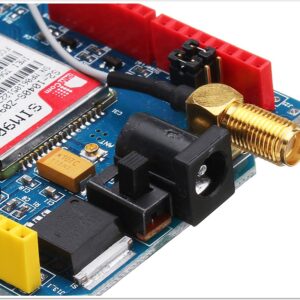
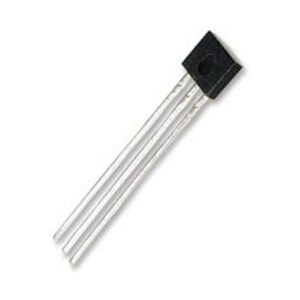


There are no reviews yet.